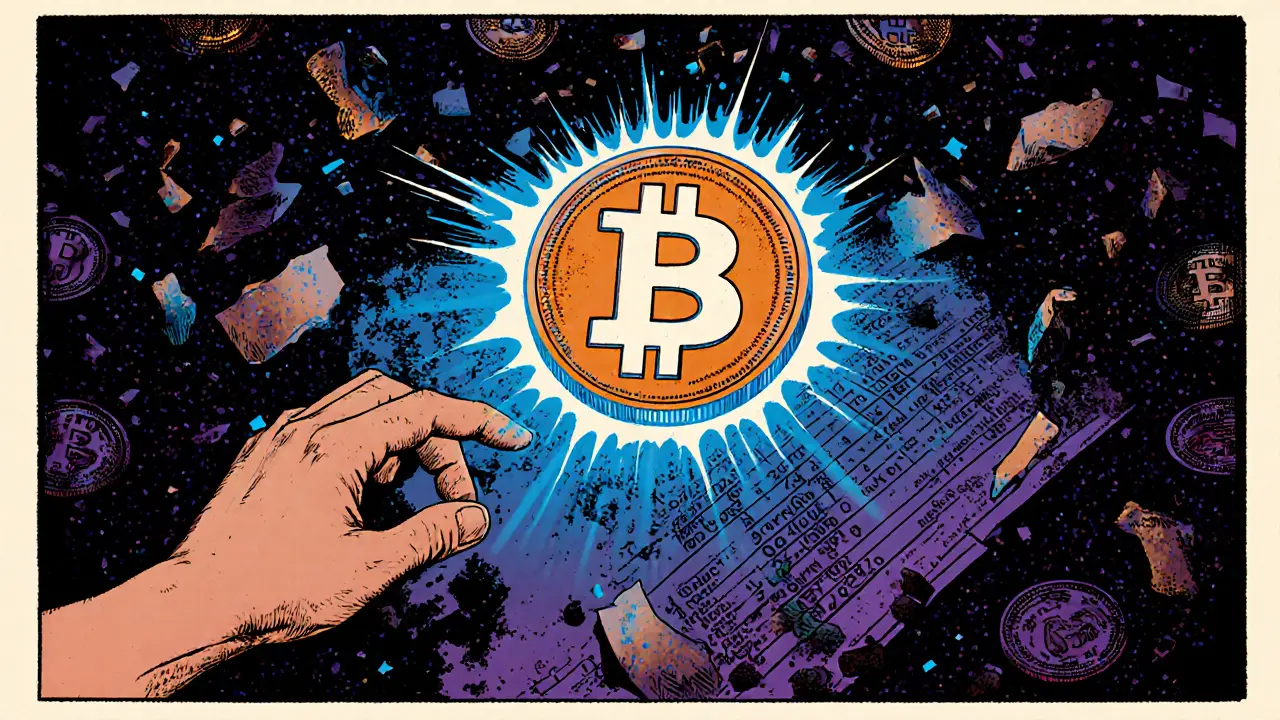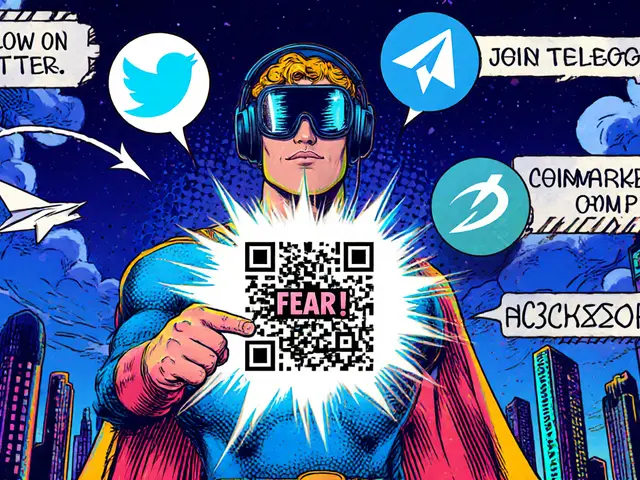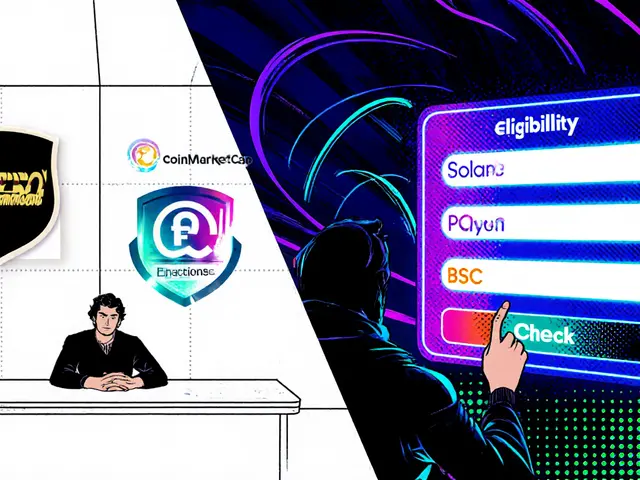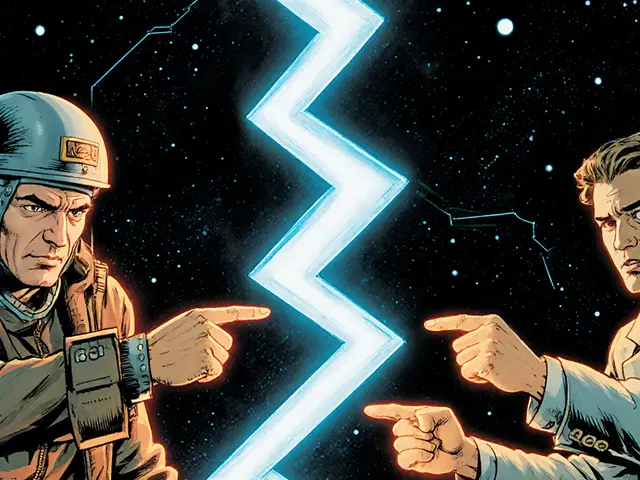NFT Standard: What It Is and How It Powers Digital Ownership
When you buy an NFT, you're not just getting a picture or a clip—you're getting proof of ownership backed by a NFT standard, a set of rules that define how digital assets are created, tracked, and transferred on blockchains. Also known as token standard, it’s what makes your NFT unique, verifiable, and transferable across wallets and marketplaces. Without these standards, NFTs would just be images with no real blockchain connection.
The two biggest NFT standards you’ll run into are ERC-721, the original standard for unique, non-fungible tokens on Ethereum and ERC-1155, a more flexible standard that lets one contract handle both unique and bulk tokens. ERC-721 is what powers most collectibles—think CryptoPunks or Bored Apes—where every item is one-of-a-kind. ERC-1155, on the other hand, is used in games and platforms where you might own 5 swords, 10 shields, and 1 legendary artifact—all in the same contract. It’s more efficient, cheaper, and better for projects that need both rarity and quantity.
These standards don’t just describe how tokens work—they enable entire ecosystems. They let marketplaces like OpenSea or Blur know how to display your NFT, how to transfer it, and how to verify its history. They also let developers build tools that interact with NFTs without needing to reinvent the wheel every time. That’s why you see the same patterns across different projects: metadata fields, owner tracking, and transfer functions all follow the same logic. Even if a project is built on Solana or Polygon, most still copy the structure of ERC-721 or ERC-1155 because it’s proven, reliable, and widely understood.
Behind every NFT airdrop you claim, every game item you trade, or every digital artwork you own is a quiet but powerful rule set. These standards are the invisible infrastructure that turns a JPEG into something you can truly own. They’re not flashy, but without them, the whole NFT world would collapse into chaos—no one could trust what they were buying, selling, or holding.
Below, you’ll find real-world breakdowns of NFT projects, airdrops, and platforms that rely on these standards. Some show how they’re used well. Others reveal what happens when they’re ignored—or abused. Whether you’re collecting, trading, or just trying to understand what you’re actually buying, knowing how NFT standards work makes all the difference.






